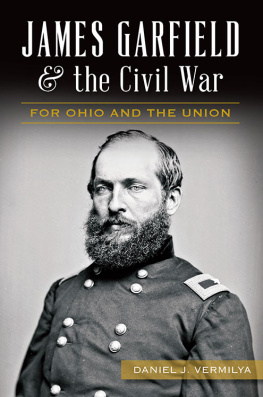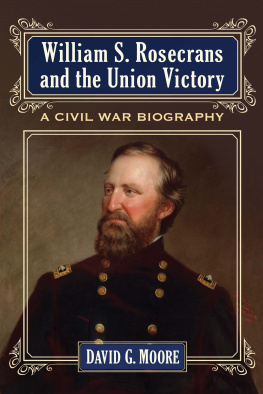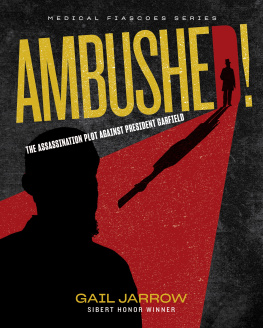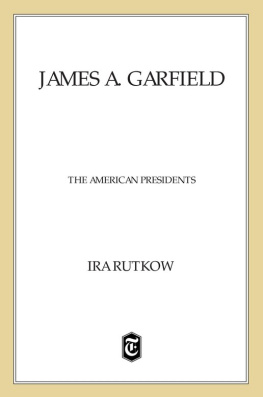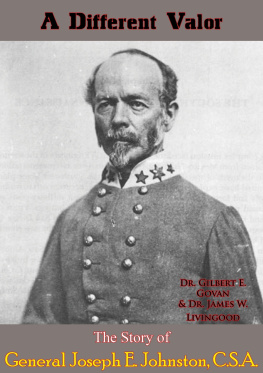


Published by The History Press
Charleston, SC
www.historypress.net
Copyright 2015 by Daniel J. Vermilya
All rights reserved
First published 2015
e-book edition 2015
ISBN 978.1.62585.441.4
Library of Congress Control Number: 2015949280
print edition ISBN 978.1.62619.908.8
Notice: The information in this book is true and complete to the best of our knowledge. It is offered without guarantee on the part of the author or The History Press. The author and The History Press disclaim all liability in connection with the use of this book.
All rights reserved. No part of this book may be reproduced or transmitted in any form whatsoever without prior written permission from the publisher except in the case of brief quotations embodied in critical articles and reviews.
For my parents
If I were giving a young man advice as to how he might succeed in life, I would say to him, pick out a good father and mother, and begin life in Ohio.
Wilbur Wright
Whatever you do, do all to the glory of God.
1 Corinthians 10:31
Contents
Acknowledgements
There are many individuals who I would like to thank for their help and support while I have worked on this project. The staff at the James A. Garfield National Historic Site has been wonderfully helpful and welcoming to me. I am proud to have had the opportunity to volunteer for the site over the past several years. It is one of the jewels of our National Park system. Specifically, I would like to thank Chief of Interpretation Todd Arrington, Park Guide Scott Longert and Andrew Mizsak of the Friends of the James A. Garfield NHS. Todd, Scott and Andrew graciously agreed to read chapters of the book for me, and I appreciate their time, feedback and assistance.
I would also like to thank the research staff at the Manuscript Division of the Library of Congress, as well as the staff of the Western Reserve Historical Society in Cleveland. Their assistance has been greatly appreciated. Hal Jespersen was able to bring his expertise to bear in creating maps for the book, for which I am very grateful. My editor, Greg Dumais, and the staff at The History Press have been very helpful in the process of writing and developing this book. Lee White of Chickamauga and Chattanooga National Military Park graciously read the chapters on Tullahoma and Chickamauga, offering valuable insight and assistance that greatly improved the book.
Much like James Garfield, I realize that my friends and family are extremely important to all that I do. My colleagues at Antietam National Battlefield and Gettysburg National Military Park have been a huge help to me over the past year, especially Keith Snyder, Brian Baracz, Matt Borders, Katie Butler, Chris Gwinn, Philip Brown and Caitlin Kostic, each of whom helped me along the way with their support and friendship. My good friend and colleague John Hoptak offered thoughts on each chapter, and his contributions helped to make this a much better book.
My mom and dad each offered lots of support while I worked on the book. It is to them that this book is dedicated. Of all the things for which I am thankful, one of the greatest blessings I have received in life is having the mother and father that I do. I am very glad they raised me in Ohio, just down the road from the James A. Garfield National Historic Site.
Finally, no acknowledgements would be complete without thanking my wonderful wife, Alison. She has spent countless hours reading chapters for me and listening to me talk about Garfield. The only thing that surpasses her patience and kindness is her love, and I could not do this without her.
Introduction
July 2, 1881, did not begin as a historic day in Washington, D.C. Like on many a summer day in the nations capital, many of the citys residents had thoughts of heading elsewhere that morning. Among them was James Abram Garfield, the twentieth president of the United States. Garfield was still in Washington to attend to some business before the end of the federal fiscal year but was preparing to head out for his summer travels. Garfields journey from Washington was to take him first to New Jersey to see his wife, Lucretia, and then on to a vacation home on the Hudson River. From there, the Garfields would travel to Williams College in Massachusetts, where the president had studied twenty-five years earlier, to pick up an honorary degree and accompany his sons Harry and Jim as they undertook their own studies at their fathers alma mater. James and Lucretia were then to return home to their beloved farm in Mentor, Ohio. Later that summer, Garfield was to journey into the South, speaking at Yorktown for the 100th anniversary of the Revolutionary War battle there, as well as to deliver a speech in Atlanta discussing racial relations and Reconstruction. Garfield was in good spirits that morning, looking forward to being with his family soon. Sporting a light gray suit, Garfield sat down for his morning meal shortly after eight oclock. Secretary of State James Blaine soon arrived to accompany the president to the train station for the Baltimore and Potomac Railroad.
As Garfield entered his carriage shortly after nine oclock, he was in the 121st day of his presidency. When he was inaugurated on March 4 of that year, he was the third youngest man and the fourth born in Ohio to take the oath of office and become president. He was a man who had risen from dire poverty to the highest office in the land. His journey through life had taken him to many stations: student, teacher, college president, army officer, state senator and congressman. When Garfield arrived at the train station that morning, he was a man with many miles under his feet and more accomplishments than could ever have been expected of someone born in the rural backwoods of the former Western Reserve in Ohio.
Garfield and Blaine arrived at the station just ten minutes before the presidents train was scheduled to depart. As the two men entered the building, two loud gunshots suddenly echoed through the room. Screams and commotion filled the station as the president crumpled to the floor in pain. James Garfield had been shot twice: once in the right arm and once in the back.
The shooter was a deranged man in his late thirties named Charles Guiteau. He was not unlike other presidential assassins, driven in part by politics, jealousy and the desire for a government job, but above all else by an altered sense of reality and sanity. As Garfield lay on the train station floor, vomiting and losing blood rapidly, Guiteau was quickly apprehended and taken into custody. Guiteau believed he was doing the country a service by slaying the president who, in his mind, was part of the corrupt spoils system. As evidence of his insanity, before the shooting, Guiteau had gone to the jail where he would be held in order to see his future cell. He was tried, found guilty and hanged on June 30, 1882, just days before the one-year anniversary of the event.
For the wounded president, the days ahead were difficult. He was taken back to the Executive Mansion, where he would lie in bed and suffer immensely. The summer heat, his painful wounds and growing infection caused extreme misery, vomiting, weight loss and high fevers. Dr. Doctor Bliss (he was a doctor whose first name was Doctor) took charge of Garfields medical care. The wound was continuously probed in order to find the bullet, a task never accomplished.
Next page
